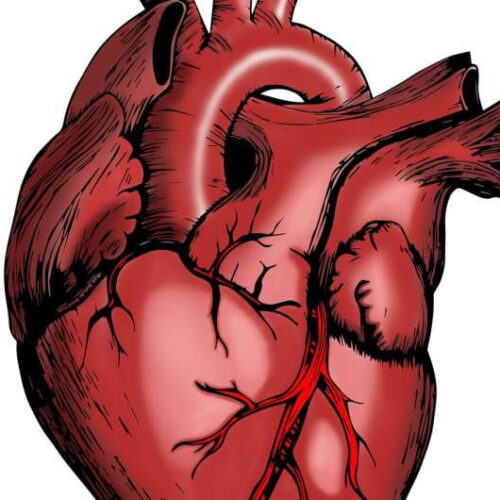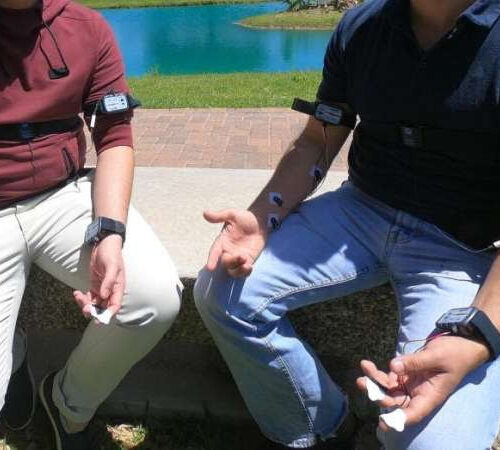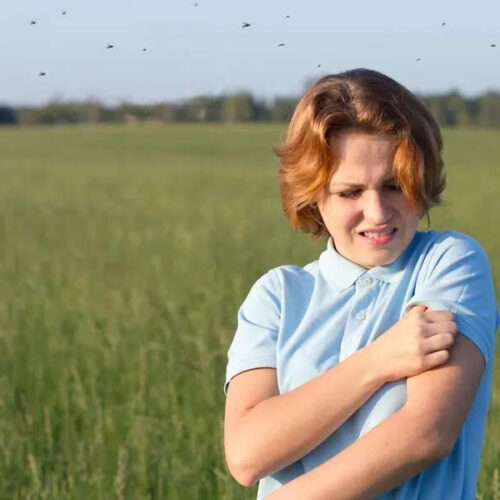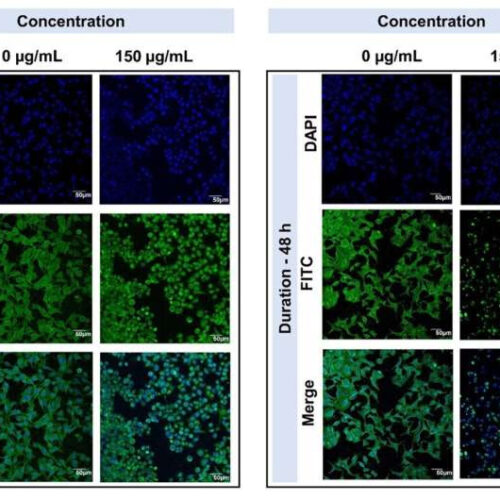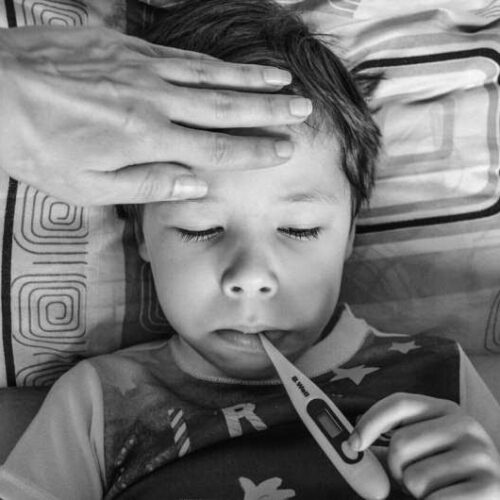by Elisabeth Reitman, Yale University Credit: Pixabay/CC0 Public Domain Research led by Muhammad Riaz, Ph.D., Jinkyu Park, Ph.D., and Lorenzo Sewanan, MD, Ph.D., from the Qyang and Campbell laboratories at Yale, provides a mechanism to identify abnormalities linked with a hereditary cardiac condition, hypertrophic cardiomyopathy (HCM), in which walls of the left ventricle become abnormally...
Wearable technology measures mental activity through the skin
by NYU Tandon School of Engineering Wearable devices that collect electrodermal activity (like the research devices above) can be used to accurately (and almost instantaneously) infer important data about the wearer’s mental state. Credit: NYU Tandon School of Engineering Researchers at NYU Tandon have reached a key milestone in their quest to develop wearable technology that manages...
Cancer cells selectively load ‘drones’ to keep T cells from infiltrating tumors
by Katherine Unger Baillie, University of Pennsylvania Researchers found a mechanism by which cancers keep T cells from infiltrating tumors. In areas of a tumor with low levels of a molecule called HRS with a phosphate group added, T cells could penetrate (right panels), but they were nearly blocked in areas with high levels of...
Summer bug bite? Expert gives answers on care
Bugs are a part of summer, like it or not. While many times bug bites are little more than an irritating inconvenience, some can trigger a medical emergency, according to the American College of Emergency Physicians (ACEP), which offered tips on telling one from the other. “While most bug bites or stings are minor and can...
Black cardamom bioactives effective against lung cancer cells
by National University of Singapore Comparison of lung cancer cells being treated with 0µG/ml, and 150 µG/ml of black cardamom extracts over 24 and 48 hour durations. Lung cancer cells showed distorted morphologies with dichloromethane extract treatment. Credit: National University of Singapore The main challenges associated with existing lung cancer drugs are severe side effects...
Specialty pharmacists help reduce MS relapse risk
by Joshua Baker, Vanderbilt University Probability of remaining persistent to index DMT was 51% over 3 years (n = 540). Persistence decreased over the study period. The tick marks represent patient censoring (transferred care, lost to follow-up, or deceased). The bottom chart displays the number of patients remaining on index DMT across certain time intervals. For example,...
High-tech vest monitors lung function
by Fraunhofer-Gesellschaft Acoustic sensors are integrated into the front and back of the textile vest to listen to the thorax. Credit: Fraunhofer-Gesellschaft Patients with severe respiratory or lung diseases require intensive treatment and their lung function needs to be monitored on a continuous basis. As part of the Pneumo.Vest project, Fraunhofer researchers have developed a...
Molecule may prevent age-related diseases and increase life expectancy and wellness
by Tali Aronsky, Hebrew University of Jerusalem Mitochondria. Credit: Wikipedia commons While breakthroughs in the world of medicine and technology account for the global increase in life expectancy, improvements in quality of life for the elderly population lag far behind. Longevity without a decline in health is one of the major challenges that faces the...
San Francisco, N.Y. state declare monkeypox public health emergencies
Both San Francisco and New York state declared monkeypox a public health emergency on Thursday, as they struggle to gain access to more resources to help contain the spread of the virus. About 40 percent of the 4,907 monkeypox cases recorded in the United States have been diagnosed in California and New York. “This declaration...
What parents should know about parechovirus
by Columbia University Credit: Pixabay/CC0 Public Domain Last week, the CDC released an advisory regarding severe cases of parechovirus in young infants. Parechovirus is a common virus: most children have had it by the time they are five years old. Children with the virus often exhibit fever, cold symptoms (runny nose, cough, congestion), gastrointestinal symptoms (diarrhea, vomiting),...

